42 drag the labels onto the diagram to identify steps that occur during a coagulation response.
› homework-help › questions-andSolved Drag the labels onto the diagram to identify steps ... Best Answer. ans. * the diagram is not uploaded here are some steps to help you . Hemostasis is the process in which bleeding is stopped. It involves three steps. Vasoconstriction: narrowing of damaged blood vessels to reduce blood loss. This is caused by cont …. View the full answer. › homework-help › questions-andSolved Drag the labels onto the diagram to identify steps ... Drag the labels onto the diagram to identify steps that occur during a coagulation response. Reset Help HEMOSTASIS AND TISSUE REPAIR Damage to wall of blood vessel Intrinsic pathway is activated Vasoconstriction Platelets adhere and Coagulation Platelet plug release formation cascade platelet factors Fig.16.10) Temporary hemostasis Clot formation Converts fibrinogen to fibrin Thrombin ...
Solved Drag the labels onto the diagram to identify steps - Chegg Anatomy and Physiology questions and answers. Drag the labels onto the diagram to identify steps that occur during a coagulation response. Reset Help Intrinsic pathway is activated Intrinsic pathway is activated Enzymatic hydrolysis of fibrin Enzymatic hydrolysis of fibrin Clot formation Clot formation Platelet plug formation Platelet plug ...
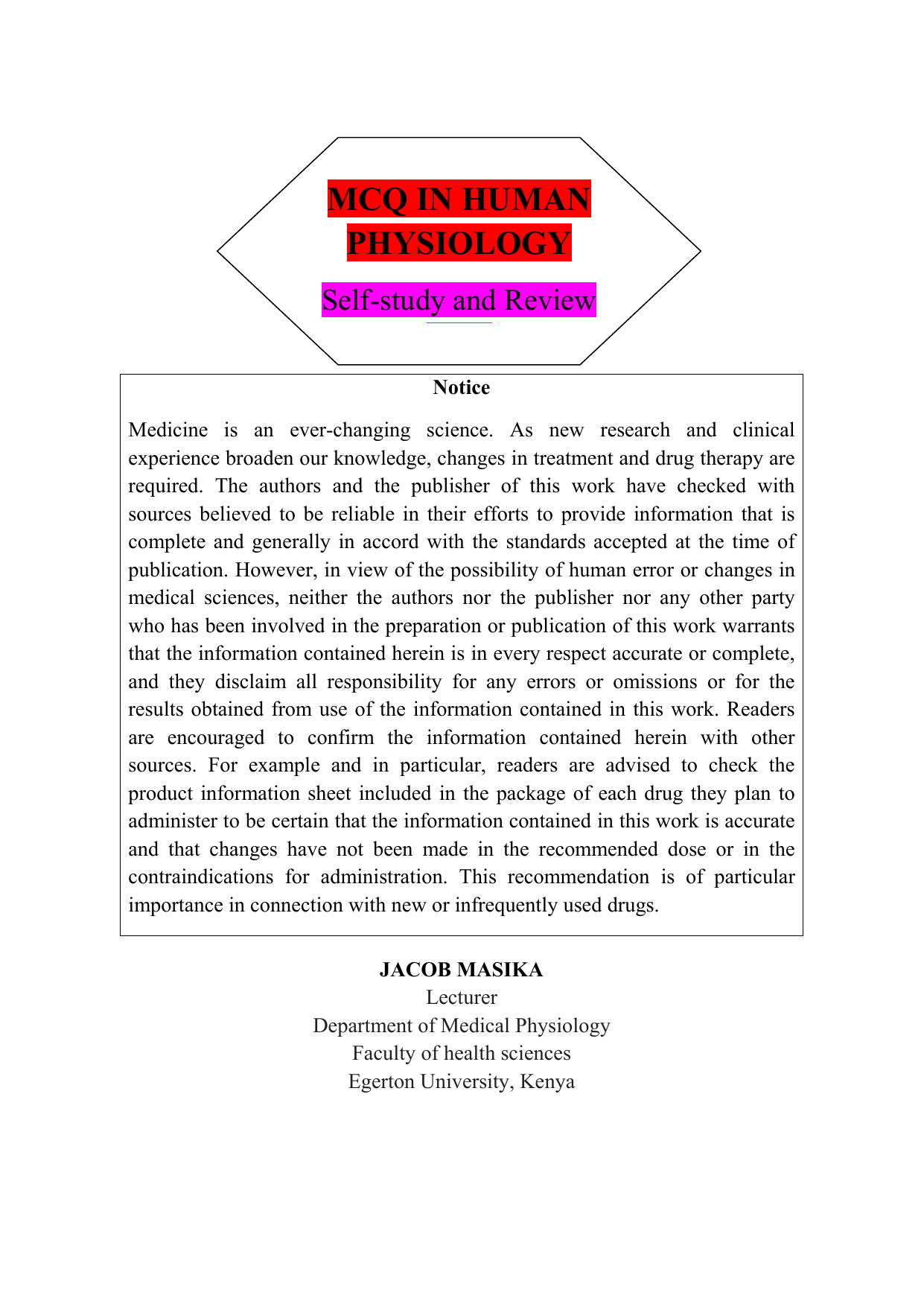
Drag the labels onto the diagram to identify steps that occur during a coagulation response.
quizlet.com › 481809023 › cardioblood-19-unitCardio/Blood (19): Unit Assignment Flashcards | Quizlet Drag the labels to identify white blood cells. From left to right: Neutrophil, eosinophil, basophil, Monocyte, lymphocyte Drag the labels to order the phases of hemostasis and clot retraction in the correct sequence. Left side: top= vascular phase bottom= platelet phase Right side: left top= coagulation phase Right top= clot retraction Chapter 8 Mastering Flashcards | Quizlet During binary fission, each copy of the duplicating chromosome moves to opposite ends of the cell. ... Drag the labels onto the diagram to identify the stages of the cell cycle. Most of the cell's life is spent in interphase, when growth occurs. ... Drag the pink labels onto the pink targets to identify key events in mitosis. Biochemistry: Chapter 13 Flashcards | Quizlet Use this diagram to track the carbon-containing compounds that play a role in these two stages. Drag the labels from the left (which represent numbers of carbon atoms) onto the diagram to identify the number of carbon atoms in each intermediate in acetyl CoA formation and the citric acid cycle. Labels may be used more than once.
Drag the labels onto the diagram to identify steps that occur during a coagulation response.. Solved Drag the labels onto the diagram to identify the - Chegg This problem has been solved! You'll get a detailed solution from a subject matter expert that helps you learn core concepts. See Answer. Question: Drag the labels onto the diagram to identify the components of blood. Res Drag the labels onto the diagram to identify steps that occur during a coagulation response. Show transcribed image text. Biology Homework 9 Flashcards | Quizlet Use this diagram to track the carbon-containing compounds that play a role in these two stages. Drag the labels from the left (which represent numbers of carbon atoms) onto the diagram to identify the number of carbon atoms in each intermediate in acetyl CoA formation and the citric acid cycle. Labels may be used more than once. Understanding Chapter 16: Blood Flashcards | Quizlet Study with Quizlet and memorize flashcards containing terms like Drag the labels onto the diagram to identify the components of blood., Drag the labels onto the diagram to identify the components of blood., Which organelles are present in mature erythrocytes? and more. › file › p269srjkCorrect chapter test chapter 16 question 15 part a - Course Hero Part A Drag the labels onto the diagram to identify steps that occur during a coagulation response. Correct Chapter 16 Reading Quiz Question 7 Part A A deep cut to the skin damages blood vessels. What is the first step in preventing excessive blood loss through the wound?
quizlet.com › 411640401 › chapter-13-post-lectureChapter 13 Post-lecture Flashcards | Quizlet Use this diagram to track the carbon-containing compounds that play a role in these two stages. Drag the labels from the left (which represent numbers of carbon atoms) onto the diagram to identify the number of carbon atoms in each intermediate in acetyl CoA formation and the citric acid cycle. Labels may be used more than once. Chapter 9 Flashcards | Quizlet Study with Quizlet and memorize flashcards containing terms like During acetyl CoA formation and the citric acid cycle, all of the carbon atoms that enter cellular respiration in the glucose molecule are released in the form of CO2. Use this diagram to track the carbon-containing compounds that play a role in these two stages. acetyl CoA(1)--> citrate(2)--->isocitrate(3)---Co2---> alpha ... Biochemistry: Chapter 13 Flashcards | Quizlet Use this diagram to track the carbon-containing compounds that play a role in these two stages. Drag the labels from the left (which represent numbers of carbon atoms) onto the diagram to identify the number of carbon atoms in each intermediate in acetyl CoA formation and the citric acid cycle. Labels may be used more than once. Chapter 8 Mastering Flashcards | Quizlet During binary fission, each copy of the duplicating chromosome moves to opposite ends of the cell. ... Drag the labels onto the diagram to identify the stages of the cell cycle. Most of the cell's life is spent in interphase, when growth occurs. ... Drag the pink labels onto the pink targets to identify key events in mitosis.
quizlet.com › 481809023 › cardioblood-19-unitCardio/Blood (19): Unit Assignment Flashcards | Quizlet Drag the labels to identify white blood cells. From left to right: Neutrophil, eosinophil, basophil, Monocyte, lymphocyte Drag the labels to order the phases of hemostasis and clot retraction in the correct sequence. Left side: top= vascular phase bottom= platelet phase Right side: left top= coagulation phase Right top= clot retraction




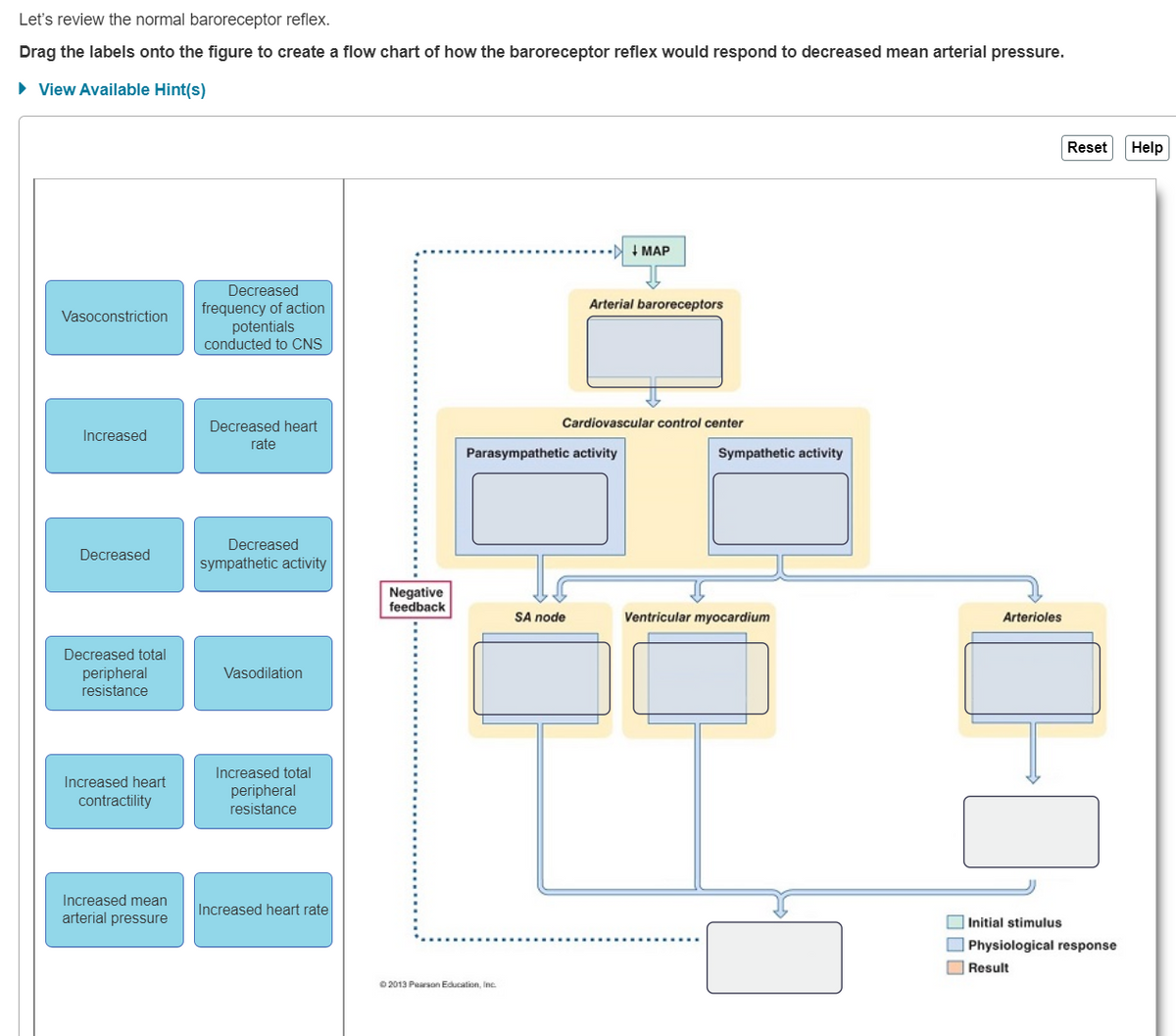

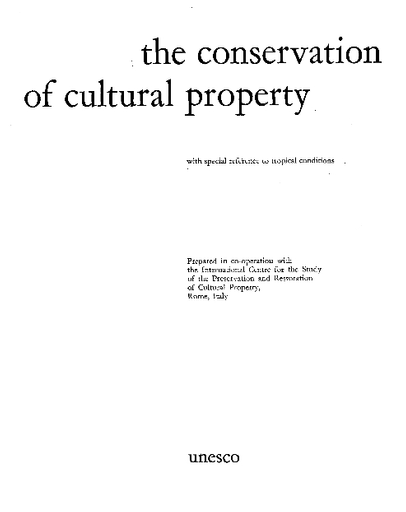











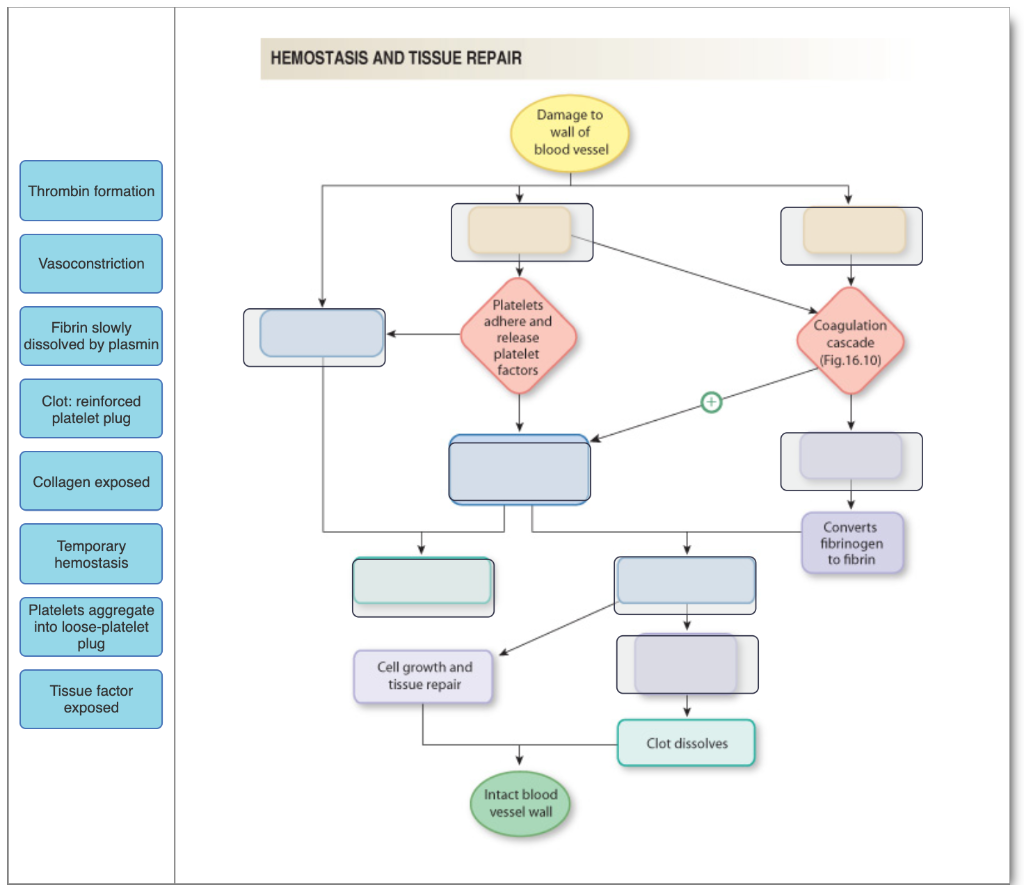


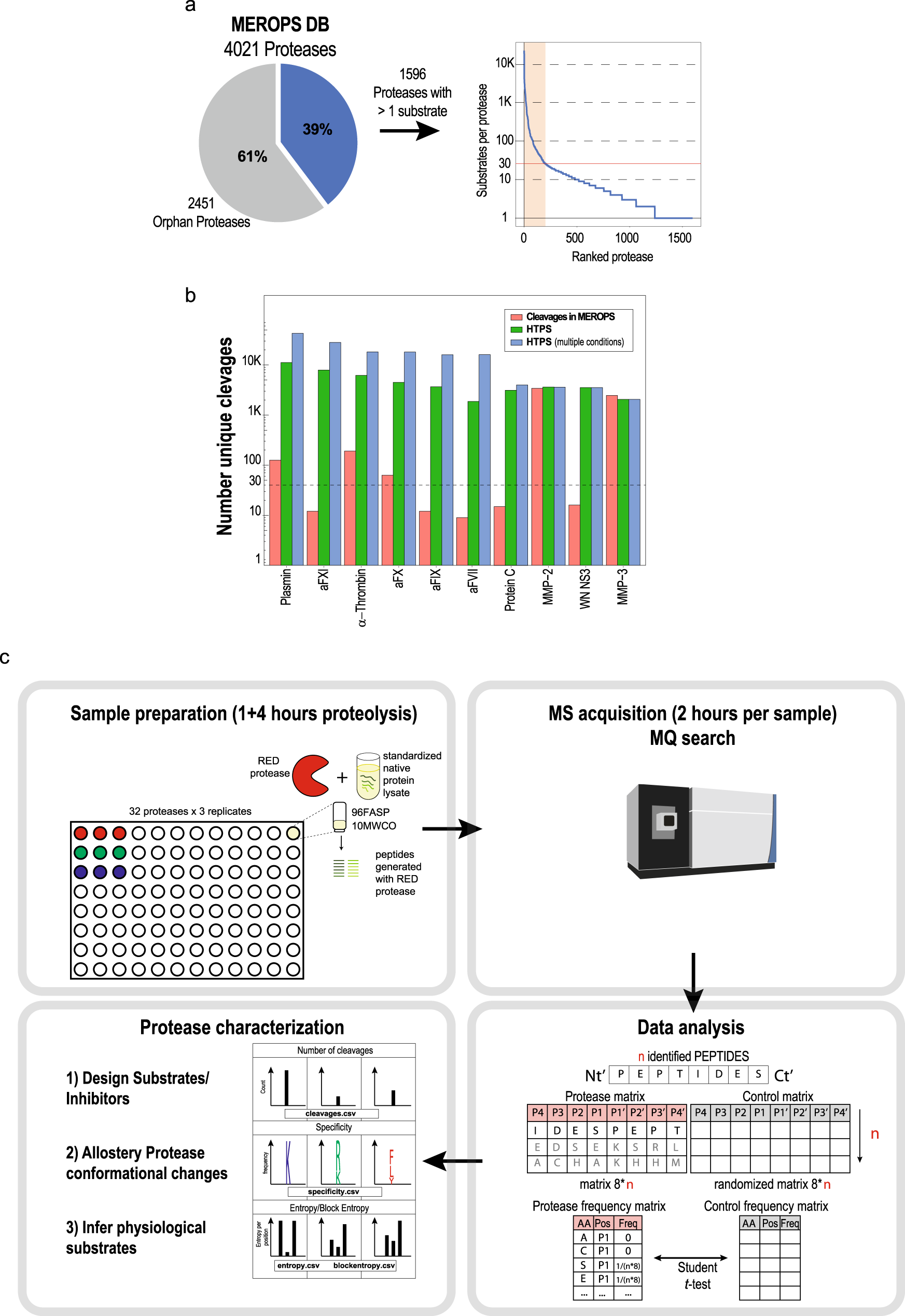


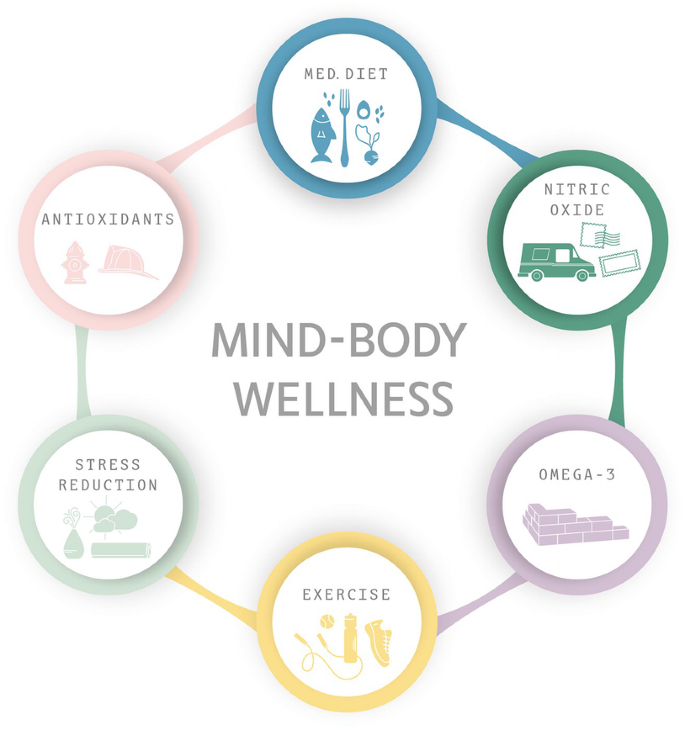


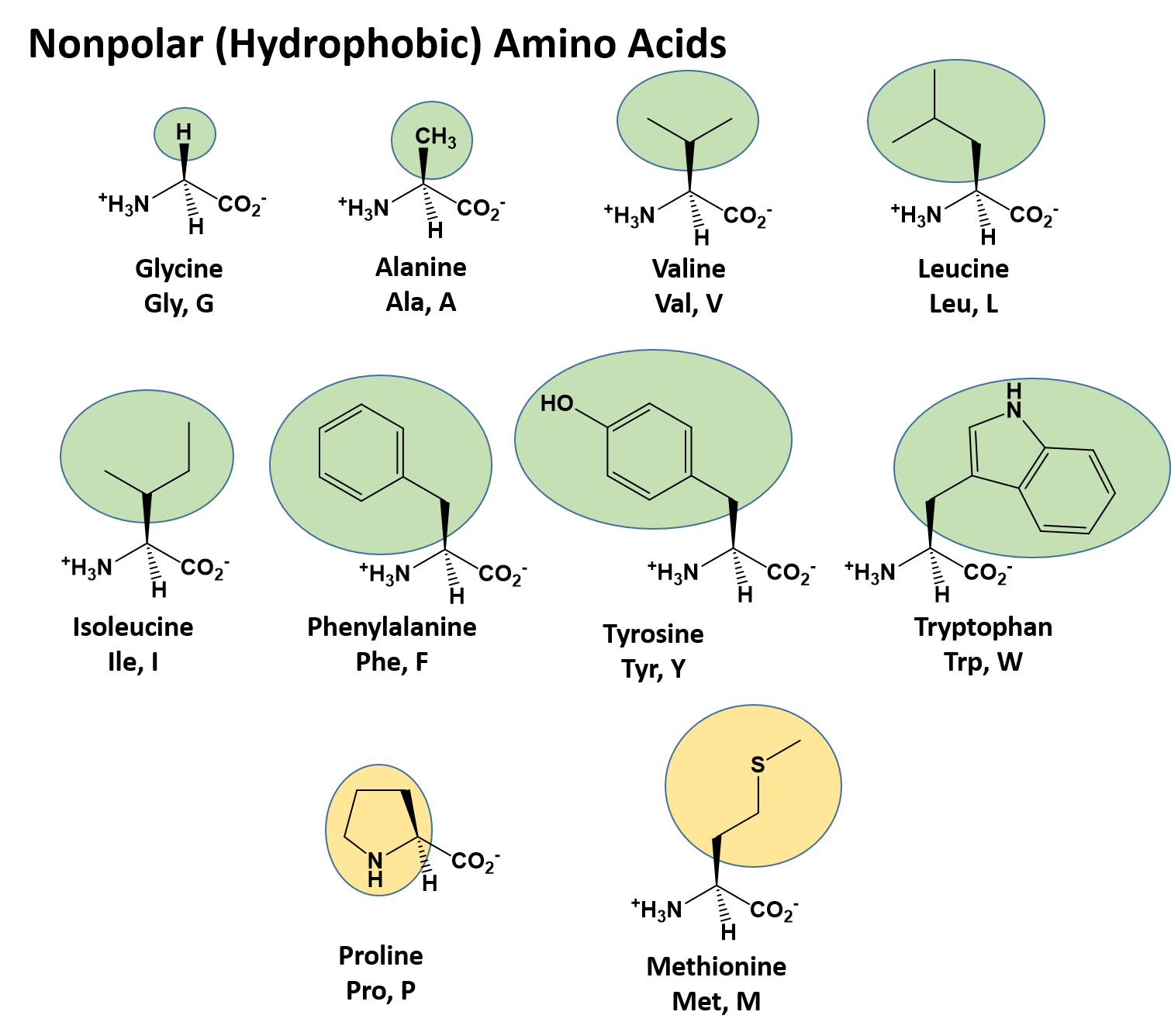
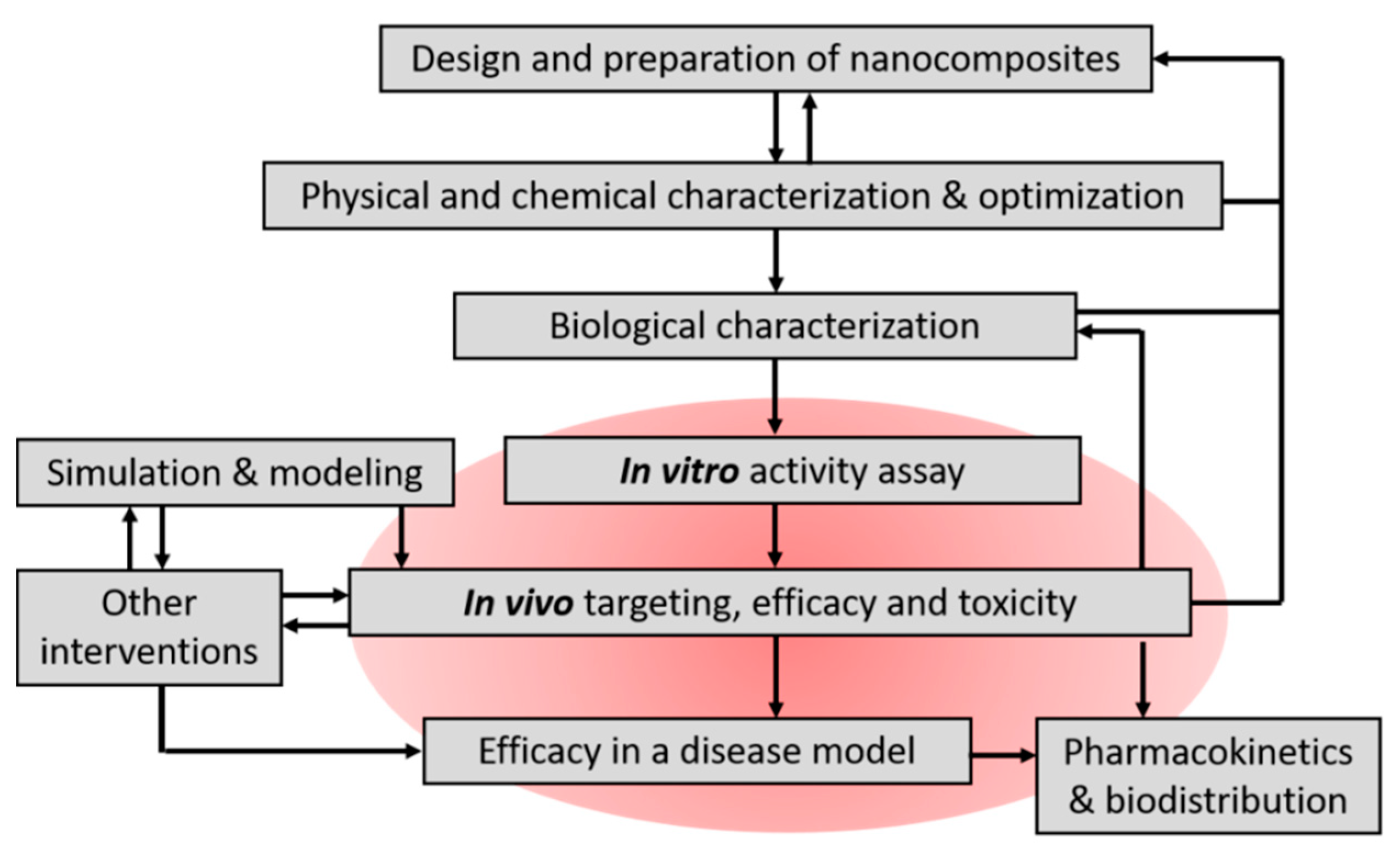



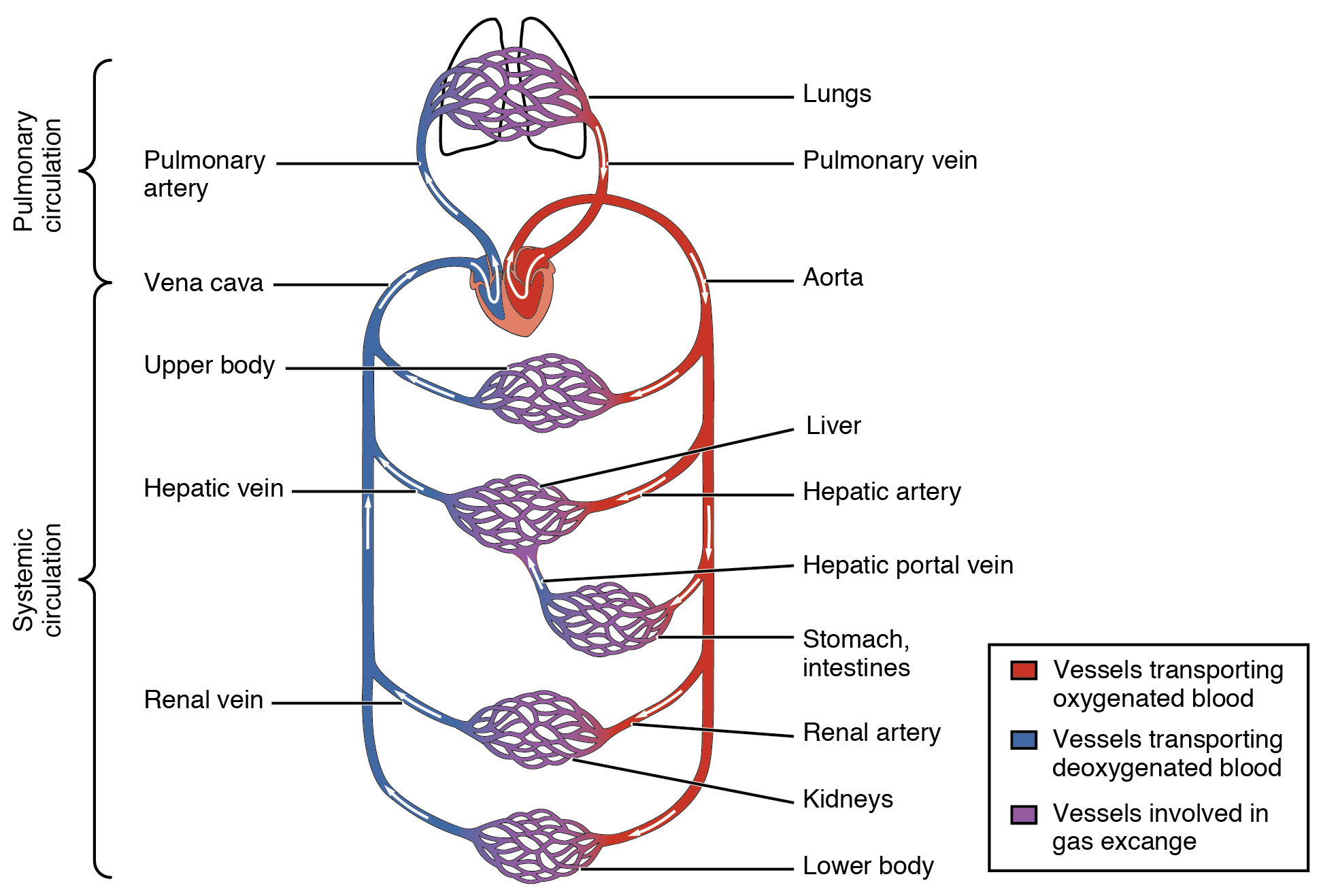


Post a Comment for "42 drag the labels onto the diagram to identify steps that occur during a coagulation response."